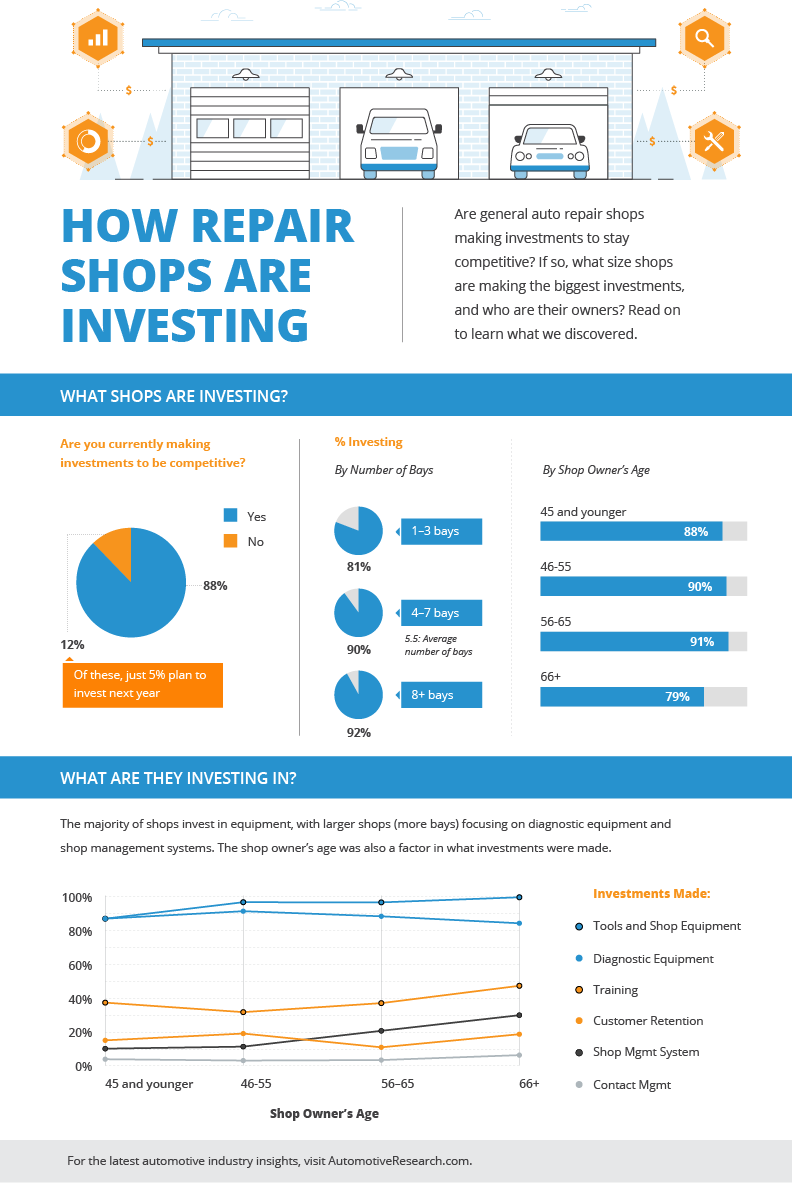Reveal The Meanings Behind The Control Panel Caution Lights In Your Automobile To Secure The Health And Safety Of Your Automobile
Reveal The Meanings Behind The Control Panel Caution Lights In Your Automobile To Secure The Health And Safety Of Your Automobile
Blog Article
Authored By-Johannsen Ferguson
When you're behind the wheel, those radiant caution lights on your control panel can be a bit complicated. Do you understand what they're trying to tell you about your vehicle's health and wellness? Understanding the significance of these lights is crucial for your safety and security and the durability of your vehicle. So, https://brakepads06273.frewwebs.com/30802852/start-your-blowout-repair-service-trip-by-outfitting-on-your-own-with-the-essential-tools-and-starting-the-very-first-crucial-action-keep-reviewing-to-delight-in-a-hassle-free-ride-back-on-the-road among those lights turns up, would not you intend to understand its message properly and take the required actions to address it?
Common Caution Lights and Interpretations
Determine usual warning lights in your vehicle and understand their meanings to make sure secure driving.
One of the most regular warning lights include the check engine light, which indicates problems with the engine or emissions system. If this light comes on, it's important to have your lorry examined without delay.
The oil pressure warning light shows low oil pressure, requiring immediate interest to avoid engine damages.
A blinking battery light could suggest a faulty billing system, potentially leaving you stranded if not dealt with.
The tire stress surveillance system (TPMS) light alerts you to reduced tire pressure, affecting automobile stability and gas efficiency. Overlooking this could result in dangerous driving problems.
The abdominal muscle light suggests a trouble with the anti-lock braking system, compromising your ability to quit quickly in emergency situations.
Lastly, the coolant temperature advising light warns of engine overheating, which can cause serious damage if not fixed quickly.
Recognizing these typical warning lights will certainly aid you address problems promptly and maintain risk-free driving problems.
Relevance of Prompt Interest
Understanding the common warning lights in your car is only the initial step; the value of promptly attending to these warnings can not be stressed sufficient to guarantee your safety when driving.
When a caution light brightens on your dashboard, it's your cars and truck's means of interacting a prospective problem that needs focus. Overlooking these cautions can lead to extra serious problems down the road, endangering your safety and security and possibly costing you extra in repairs.
Motivate attention to alerting lights can prevent failures and crashes. For example, a blinking check engine light can show a misfire that, if left neglected, can cause damages to the catalytic converter. Addressing Read A lot more can save you from a costly repair service.
Similarly, a brake system alerting light may signal low brake fluid or used brake pads, vital components for your safety and security when driving.
Do It Yourself Troubleshooting Tips
If you discover a warning light on your dashboard, there are a couple of DIY troubleshooting suggestions you can attempt before looking for specialist assistance.
The first step is to consult your vehicle's guidebook to recognize what the details warning light indicates. Occasionally the issue can be as easy as a loose gas cap activating the check engine light. Tightening the gas cap might deal with the issue.
An additional common concern is a low battery, which can set off numerous cautioning lights. Inspecting the battery connections for deterioration and ensuring they're protected could repair the problem.
If a caution light continues, you can attempt resetting it by disconnecting the car's battery for a couple of minutes and afterwards reconnecting it. In addition, inspecting your car's liquid levels, such as oil, coolant, and brake liquid, can assist troubleshoot cautioning lights connected to these systems.
Verdict
In conclusion, comprehending your automobile's warning lights is important for keeping your car running smoothly and safely. By immediately attending to these alerts and knowing what they indicate, you can avoid costly fixings and prospective malfunctions.
Remember to consult your auto's manual for certain details on each alerting light and act appropriately to guarantee a trouble-free driving experience.
Stay notified, stay safe when traveling!
